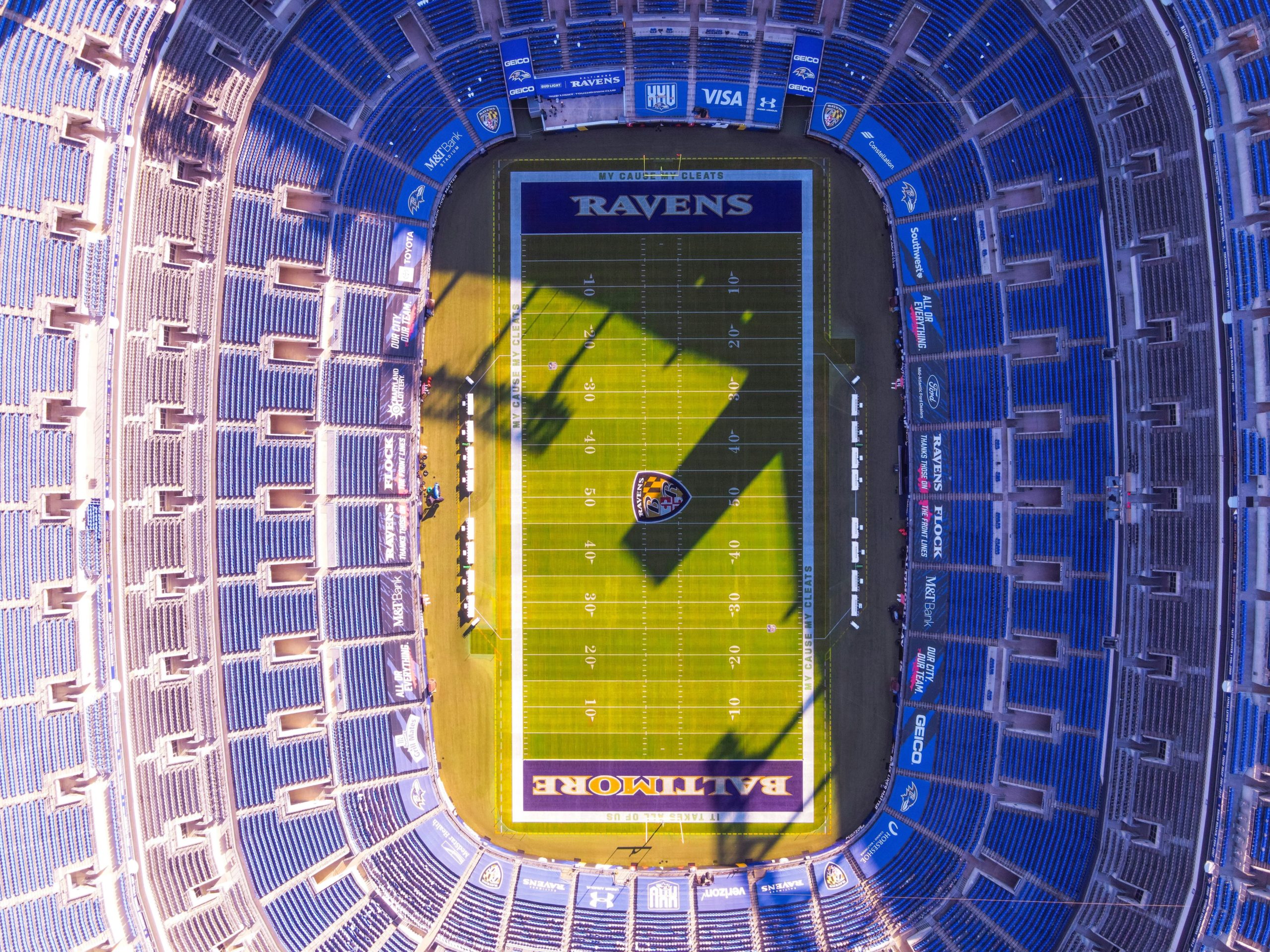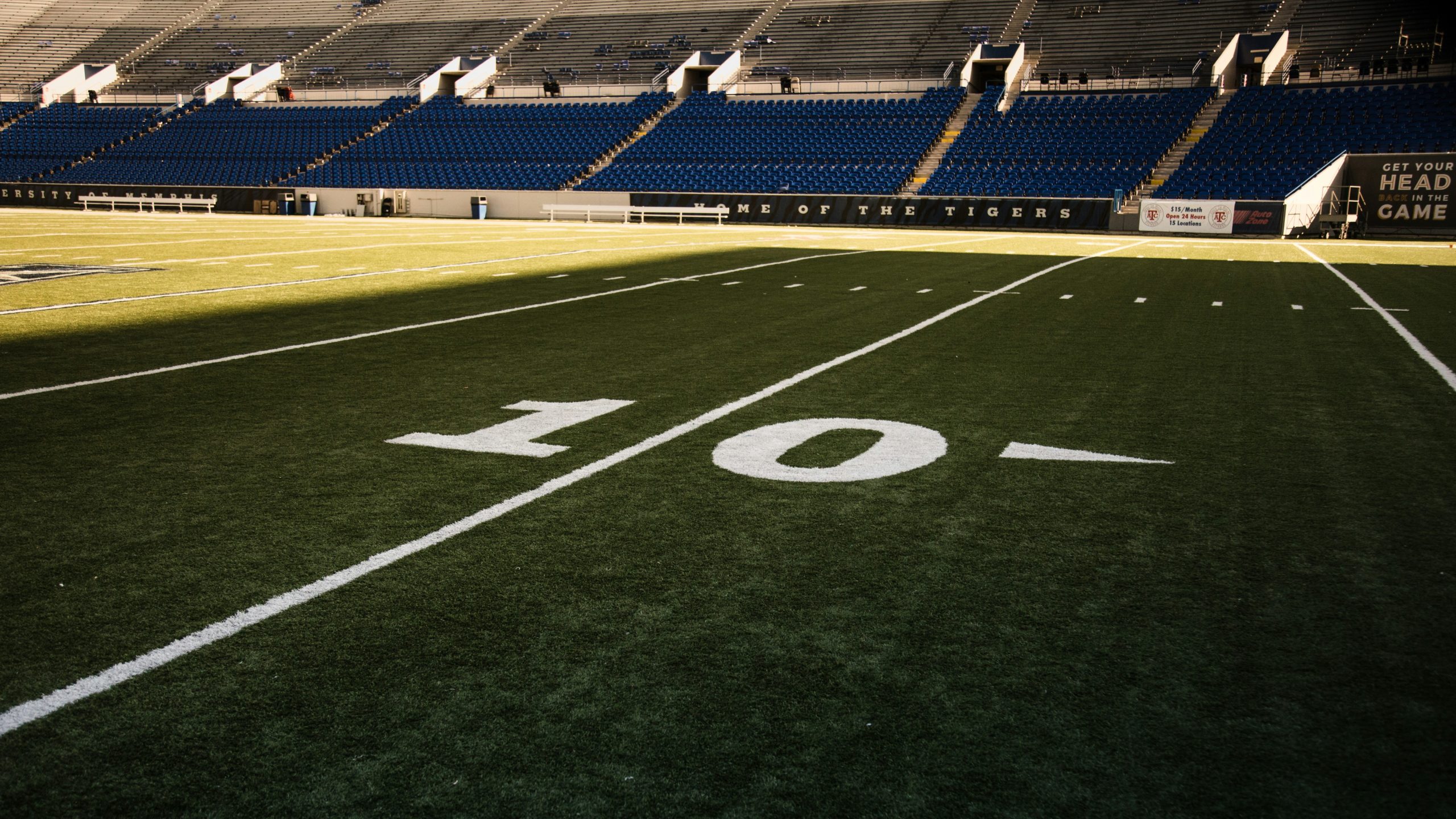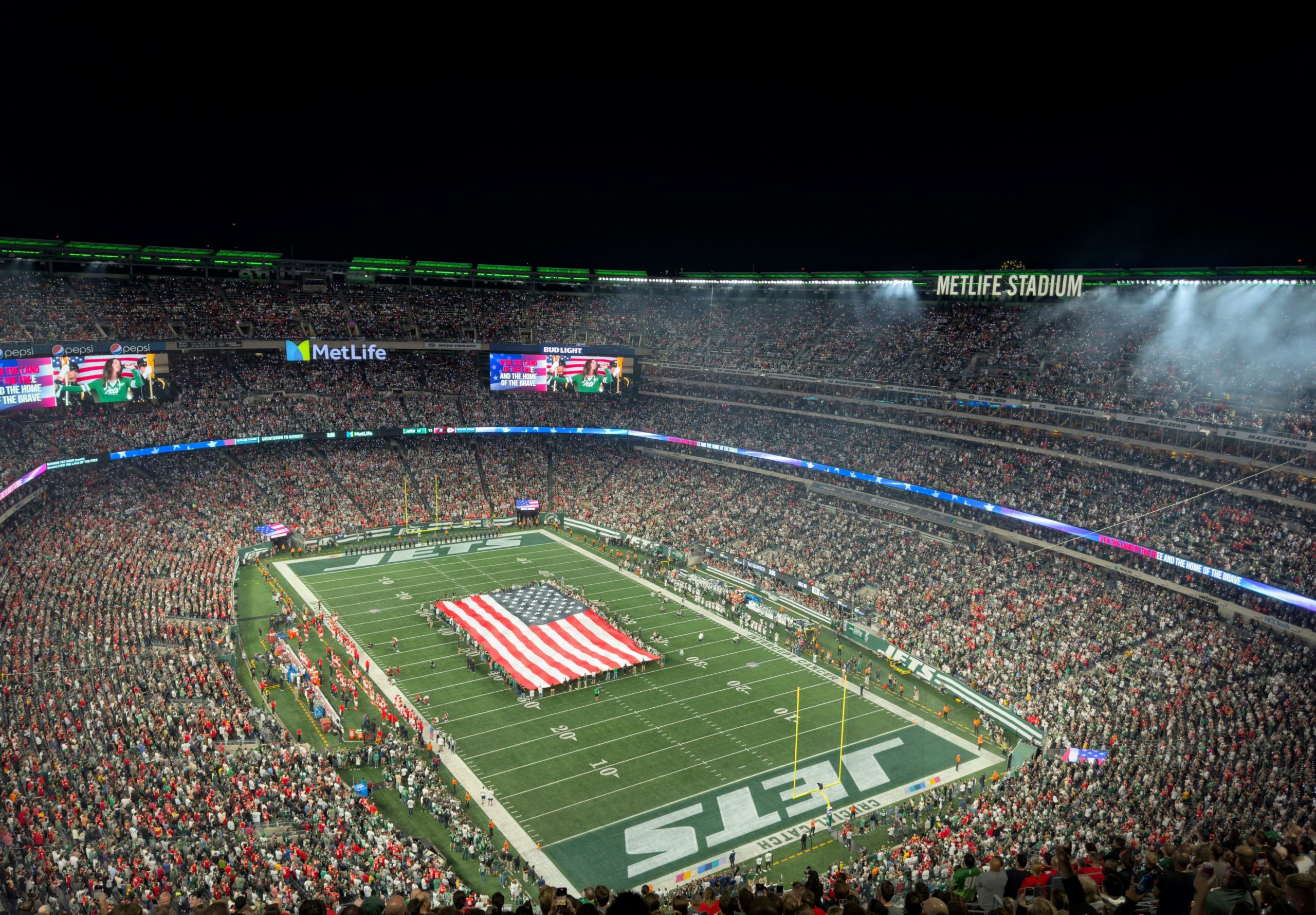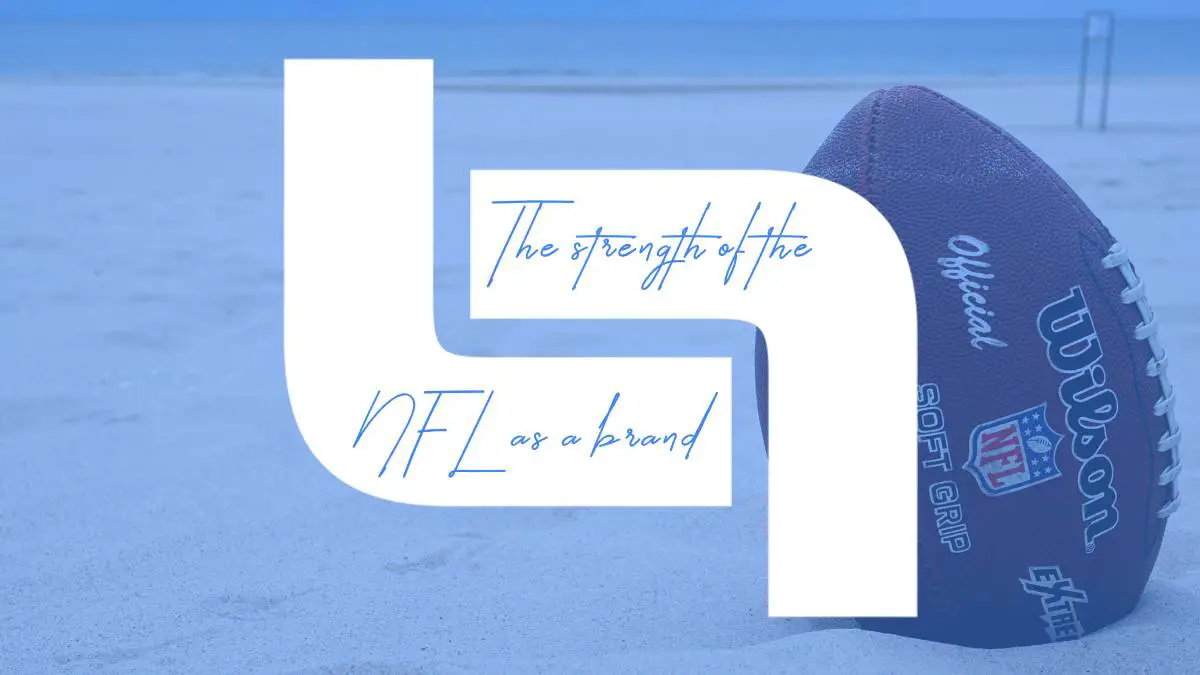We’re on the cusp of September and that means only one thing for football fans – the NFL is back. The world’s premier football league starts its 2024/25 season on September 5th with a rematch of last year’s AFC Championship bout between Kansas City and Baltimore, and we can’t be more excited, especially when you consider some of the tectonic changes that happen over the summer. When you consider the massive changes arriving with Pete Carroll and Bill Belichick not being with their teams anymore in addition to six QBs taken in the first round, with four of them set to start, there’s plenty to be excited and hopeful about.
While all of this contributes to the ever-evolving and entertaining nature of the NFL, it didn’t change the NFL odds all that much. It probably comes as no surprise that the favorites for this year are all participants of last year’s conference championships – Kansas City, Baltimore, San Francisco, and Detroit. The coaching and player turnover is exciting, but statistically, stable franchises tend to be favored when it comes down to it.
All these developments bring in the fans, evoke emotions, and make for memorable narratives, however, they’re team-centric. Even being without arguably the greatest coach of all time will ultimately affect only the Patriots directly, not the NFL as a whole. And that’s precisely what we’re looking to examine – the NFL as a brand, the strength it has, and if there are any chinks in the armor.

NFL by the numbers
The financial side of things most commonly comes first in discussions such as these, because it’s easily quantifiable. You have clear numbers on paper, compare them to others, and you can draw clear-cut conclusions. If you’re looking at the NFL, those numbers are looking good and getting better across the board.
During the 2023/24 season, the NFL made a little under 19 billion dollars in revenue from various broadcasting contracts, licensing rights, sponsorships, and all other sources. Roger Goodell, the commissioner, announced back in 2019. that they expect that number to rise to a staggering 25 billion dollars by 2027. and they’re on their way to achieving that goal.
Compare that to the other three major US leagues and you’ll see a major discrepancy between them with the MLB and NBA making just under 11 billion dollars, followed by the NHL trailing far behind with 6.8 billion dollars. Add to that the fact that neither of those leagues shows the exponential year-to-year growth as the NFL, and the discrepancy will only grow in the coming years.
An interesting fact that hammers home the financial strength of the NFL brand is the total number of games played during one season:
- NFL – 285 games
- MLB – 2430 games
- NBA – 1320 games
- NHL – 400 games
It’s worth pointing out two very important things. First and foremost, these are wildly different sports, with football being by far the most physically taxing on players both in terms of injuries and overall fatigue – there isn’t really any room for many more games. Secondly, broadcasting rights usually encompass entire seasons, or sets of games (for local broadcasters), so a per-game gain isn’t financially applicable. It does leave us to wonder – what if the NFL had 400 games…
Everybody is watching the NFL
For those who find it hard to comprehend these numbers, especially the huge gap in the number of games/length of the season, compared to the revenue, let’s just throw this little fact out there. In 2023. out of the 100 most watched TV programs in the US (all events, not just sports), 93 were NFL games, highlighted by 24 spots out of the first 25. Those are surreal numbers, and they easily show that the NFL has not surpassed only all other major sports in the US, but also all other television broadcasts, and it’s not even close.
Even though it’s essentially won the TV game in the US, the NFL still faces stiff competition worldwide. The last Super Bowl had around 260 million viewers, which still pales in comparison to the Champions League final (the top club soccer event), estimated to bring in around 700 million viewers. Both of those are, however, far behind the most viewed event in history (sport, or otherwise), the 2022 World Cup final between France and Argentina, which had around 1,5 billion viewers worldwide.
The main problem the NFL faces compared to soccer on a global scale is not their brand or the quality of play, but instead the sport itself. While football, spearheaded by the NFL, has seen a visible expansion on all fronts in the last couple of years, it’s still a common sport only in the US. On the other hand, you have soccer that’s played and watched in every corner of the world. While it will probably never reach the same level as soccer, the popularity of the NFL is steadily growing globally, with the last Super Bowl seeing an uptick in 10% more viewers compared to the final game of the 2022/23 season.
Why is the NFL so popular?
We’ve bombarded you with all these numbers that can be a bit staggering, but we haven’t touched upon how it came to this – how has the NFL gained supremacy over all other major US sports? There isn’t a straightforward answer, but a very long line of little things that amounted to the final goal.
Over the years, rules were changed for two main reasons – game excitement and player safety. With the game’s rules gearing towards offense in the last 5 to 10 years, combined with some of the best athletes in the world playing, the balls are now thrown farther, the catches crazier, and the runs are more explosive. All this makes for a more exciting product that’s easier to sell.
The athletes that come in, aside from massive contracts, are supported by state-of-the-art equipment. Because of safety concerns, the NFL has invested a small fortune into the development of all protective gear that, at the same time, keeps players safe and enables them to perform better than ever. The club’s facilities feel like mansions with around-the-clock staff, coaches, and trainers enabling all players to reach their maximum potential, and making them perform on the field.
The small number of games works in favor of the NFL, making every game an event, meaning more people will tune in. This is only highlighted during the playoffs, by a one-and-done system (the only one of its kind in major professional US sports). There are no rematches or chances at redemption, making the league extremely competitive and fun to watch. One bad day, and your season is over, which is why upsets occur regularly.
With the playoff sudden-death system and a hard salary cap, you’re always ensuring there are seven or eight legitimate Super Bowl contenders each year. This type of parity makes the die-hard fans hope and the casuals always interested, which translates to the popularity we’ve already highlighted.
Possible problems for the brand
While the shield does seem impenetrable, nothing is perfect and there will always be troubles and controversies. These will usually not come from the clubs – the NFL is owned by the franchises, and they tend to protect their brand. A prime example is the situation in Washington from the name change onward.
Almost all troubles have come from the players. Whether it’s regarding their safety on the field that’s always controversial, or the NFL’s interaction with them when they break the conduct policy. We all know about the numerous off-the-field issues players tend to be involved in and the sanctions the league is then required to hand out.
History has shown that individual player incidents can’t hurt the league all that much (at least from a financial standpoint), but the league’s reaction to those incidents (the fines and suspensions that follow) could hurt the brand (at least in perception) if they’re deemed too lenient or too strict by the public. It’s a fine line to walk and there are always many factors to consider, especially in high-profile cases.
Overall, however, we can’t see any realistic scenario that could negatively impact the NFL brand in a significant way. We truly believe the NFL is too big to fail the way it is now.

Conclusion
Football as a sport has, through the NFL, most likely, reached its apex in the US. It features the most valuable franchises, has the most revenue, and the most viewers – all three by a wide margin. Some of the best athletes in the nation play on football fields and the plays are getting more and more outrageous and spectacular by the week. Sundays have been turned into a football holiday, and the Super Bowl breaks new records each year.
This is the NFL brand in a nutshell – a financial and ratings juggernaut toppling everything in its path that, as it stands at the moment, doesn’t have any real competition for the top spot within the US borders.

